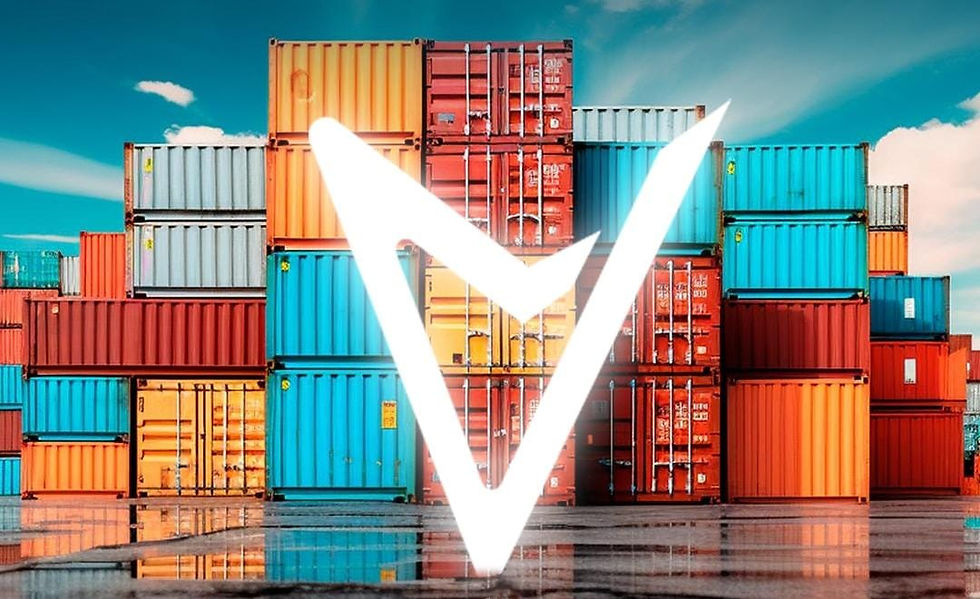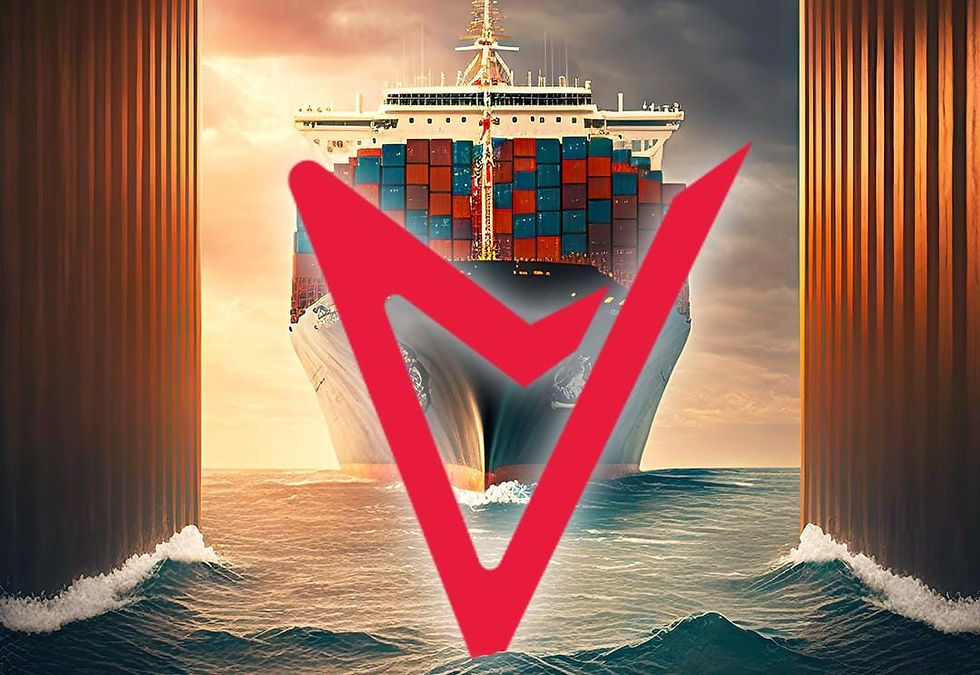Container Types: Carriers of Global Trade
- Oğuz Kurtuluş
- Jun 26, 2024
- 3 min read
Today we will talk about the types of containers, which are indispensable elements of global trade. Containers enable the safe, efficient and economical transportation of goods. There are various types of containers designed to suit different needs. Let's discover together what these containers are and in what situations they are used.

General Purpose (Dry) Containers
General purpose containers are the most commonly used type of container. Made of metal, with their closed and waterproof structure, they are suitable for the transportation of most types of goods. These containers, mostly 20 and 40 feet long, are used to transport electronic goods, clothing, machinery and many other dry cargoes. Since its interiors are safe and protected, it ensures that the products reach their destination without being damaged.
Refrigerated (Reefer) Containers
Refrigerated containers are ideal for products that require temperature-controlled transportation. It is used to transport perishable products such as foods, medicines and chemicals. Thanks to the cooling system they contain, they are kept within a certain temperature range throughout the transportation period. Refrigerated containers can generally maintain temperatures between -25°C and +25°C and are therefore indispensable for fresh food, frozen products and sensitive medical supplies.
Open Top Containers
Open top containers are containers that have an open top and are used to transport heavy or high loads. These containers, which can be loaded and unloaded with a crane or other lifting equipment, are preferred for transporting machinery, large pipes, construction materials and other bulky loads. The upper part is covered with a tarpaulin to ensure the protection of the transported goods.
Platform (Flat Rack) Containers
Platform containers are flat-surfaced containers with no sides or top. It is used to transport extremely large or heavy loads. These types of containers are ideal for transporting cargo that cannot fit into standard containers, such as large machinery, vehicles and construction equipment. Platform containers enable easy loading and unloading of cargo and ensure the safe transportation of heavy loads with their robust structures.
Tank Containers
Tank containers are containers specially designed for the transportation of liquids and gases. It is usually made of stainless steel and is surrounded by a protective frame on the outside. It is used to transport chemicals, foodstuffs, liquid fuels and hazardous materials. Tank containers provide safe and leak-proof transportation of liquids and gases and can be equipped with internal coatings according to the properties of the transported substance.
High Cube Containers
High cubic containers are containers that are higher than standard containers. At 40 feet tall, high cubic containers are an extra foot higher than standard containers. This additional height allows the transportation of loads that require more volume. High cubic containers are an ideal solution for transporting large but light loads.
Ventilated Containers
Ventilated containers are designed for loads that require air circulation. It is generally used to transport products such as coffee, cocoa and grain. Ventilation openings on the side walls of the container allow the products to receive fresh air during transportation and prevent moisture formation.

Containers are indispensable elements of the modern logistics and transportation world. Various types of containers designed to suit different needs and transportation requirements ensure that international trade runs smoothly and efficiently. General purpose containers, refrigerated containers, open top containers, platform containers, tank containers, high cubic containers and ventilated containers form the backbone of trade and transportation, each with its own specific function. Stay tuned to our blog for more information and up-to-date articles on logistics! The right address for all your questions and opinions: Vavien Logistics .



